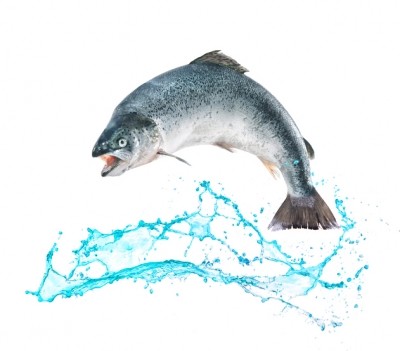BASF and Pancosma step up legal action to stop patent law violation

They have filed a second lawsuit against a potential patent infringer at the district court of Düsseldorf in Germany.
October 2016 saw both companies initiate legal action at the same district court; they filed lawsuits against potential patent infringers in relation to those particular trace elements.
Christopher Rieker, vice president of animal nutrition at BASF’s nutrition and health division, told this publication following the filing of the original legal action:
“BASF and Pancosma have information to believe that third parties are infringing these rights. Both parties will not tolerate any potential violation of their IP positions. Therefore, both companies decided to enforce the patent against competitors.”
Metal-glycinates are organically bound trace elements such as copper, iron, manganese and zinc.
Rieker explained that as the Swiss producer and the German chemical giant simultaneously developed the glycinates, they are defending that “unique technology” together.
Securing intellectual property rights is an integral part of their innovation strategy, said the two companies, adding that they both invest heavily in research and development and respect the intellectual property rights of third parties.
They claimed their glycinates have “superior” bioavailability and, thus, an “optimal” impact on both the animal, in terms of improved vitality and performance, as well as on the environment, with less excreted minerals and trace elements.
Glycinate form
Ludwigshafen headquartered BASF launched a line of trace elements in glycinate form in September 2014.
Rieker told us then the German company had attained a high degree of complexation for a glycinate while ensuring a constant content of the trace element to enhance their bioefficacy.
“During the production process there is complex formation of trace elements with the amino acid glycine. In the case of iron, we have achieved more than 90% complexation. For copper, manganese and zinc, we have managed 95%,” he added.
As the glycinate form is highly bioavailable, the use of this type of trace element in feed can also help to reduce metal emissions in manure, said the VP of animal nutrition.
Previously, trace minerals were added to animals' diets in the form of inorganic salts like sulfates and oxides. However, delivery in this manner was reported to be inefficient in terms of financial and environmental costs, as only a limited percentage of the metals were absorbed by the animal, and a significant quantity ended up in the manure.
With glycinates, potentially smaller quantities are needed to supply the animals’ net needs, said Rieker.














